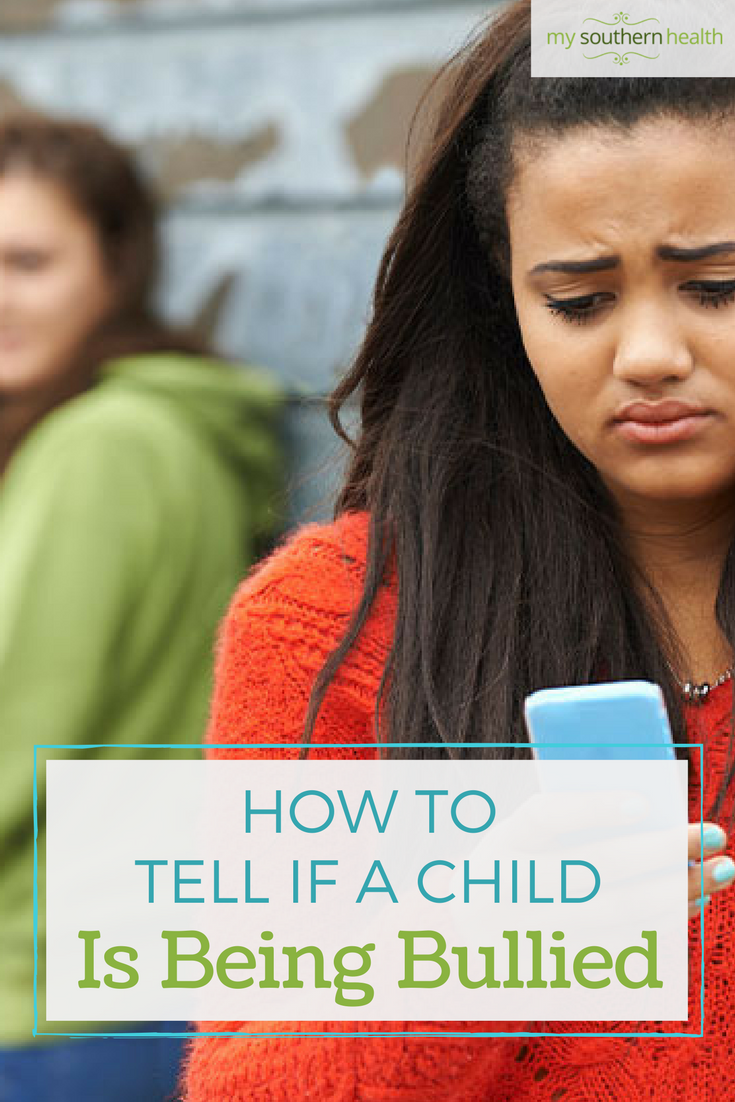Recognize the signs of bullying and know what to do if a child is experiencing violence or harassment.
Kids sometimes can be cruel, and unfortunately, some students will endure bullying at back-to-school time. Watch for red flags and know the steps to take if your child is dealing with aggressive behavior from another kid.
“A child who is a victim of bullying is at increased likelihood of depression, anxiety, school avoidance, problems with peer relationships, and suicidal ideation and attempts,” says Seth Scholer, MD, MPH, Associate Professor of Pediatrics at the Monroe Carell Jr. Children’s Hospital at Vanderbilt.
Communicate with your child
One of the most important strategies in both discovering whether your child is being bullied and helping your child alleviate the situation is maintaining a healthy relationship.
“Parents should connect with their children on a daily basis, asking them about their lives, their friends and how things are going at school,” Scholer says. “Children should receive the consistent message that people, especially their parents, are available to help solve problems if things are not going well.”
Watch for signs of bullying
Of course, not all children will come right out and say they are being bullied, but you can also watch for signs. “A drop in grades, decreased interest in school, and school avoidance can be associated with exposure to bullying,” Scholer explains.
If books, electronics or other personal property go missing or your son or daughter comes home with unexplained injuries, bullying might be the reason. The stress of harassment may even cause physical symptoms.
“A few of the more common symptoms associated with bullying are headaches, abdominal pain and fatigue,” Scholer says. “Your child’s healthcare provider can help you sort out the cause of the problem.”
Cultivate empowerment skills
Every bullying situation is different, but Scholer offers youth the following methods of response:
- Speak to bullies with direct eye contact, brevity and confidence.
- Walk away from the situation with confidence. Do not linger for more abuse or to retaliate.
- Talk to a teacher or parent — especially if bullying continues.
Contact the school
Gather information on how, where and to what extent the incidents are taking place. Is it happening online or in person? For all cases of bullying, parents should contact the school system. All states have laws or policies that address bullying at school.
“The school is an important resource and should be involved routinely — but especially in more concerning and refractory situations,” Scholer says. “When school policy includes language about bullying, it helps to create a more protective school climate.”
If teachers and the school principal are not responsive, parents should contact the superintendent, and if anyone is in immediate risk of harm, call 911.
Additional steps
Some interventions will need to be individualized depending upon the circumstances. “For example,” Scholer explains, “if a child is depressed, the child should have a mental health assessment. If a child is having recurrent abdominal pain, the child may need to be assessed by a healthcare provider.”
For more information about bullying, visit www.stopbullying.gov.


Vanderbilt’s Children’s After-Hours Clinics offer the convenience of a walk-in clinic with care provided by a board-certified pediatrician from Children’s Hospital. No appointment is necessary, but we recommend calling your pediatrician first. Learn more about services and find locations for Children’s Hospital After Hours Clinic locations.

